I remember exactly where I was in July of 1985, 40 years ago, when I first saw the film St. Elmo’s Fire. It was at the South Hills Village Theater in Upper St. Clair, near Pittsburgh. I had just begun a one-month internship in Congressman Austin Murphy's district office in Washington, Pennsylvania. It felt, at the time, as close as I’d ever get to Washington, D.C.
Keep up with the latest in LGBTQ+ news and politics. Sign up for The Advocate's email newsletter.
So when Alec Newbary, played by Judd Nelson, strode across the screen in a crisp suit, working on Capitol Hill, I was transfixed. He was doing the very thing I dreamed of doing. I sat forward in my seat every time he appeared, heart pounding, watching him with his fresh political idealism, his first job out of college, operating as congressional aide.
When Alec eventually left his job working for a Democrat to work for a Republican, Sen. Hodges (BTW, I’ve seen this movie so many times, I don’t have to Google these characters' names), I felt my admiration dim. Why on earth would you want to work for a Republican? But my interest didn’t disappear. He was still on the Hill. He was living the life I wanted.
At the time, I didn’t believe that life would ever be mine. So I lived it vicariously through Alec.
And then, two summers later, it was mine. In 1987, I was thrust into D.C. literally overnight, suddenly becoming the youngest press secretary on Capitol Hill. While I walked those same corridors of power, I kept thinking about St. Elmo’s Fire, about Alec, and about the improbability of how far I’d come.
There was something else I had long fantasized about: Georgetown. In the film, the Brat Pack’s hangout was a fictional bar in Georgetown named, fittingly, St. Elmo’s. I ached to be a part of something like that, a tight-knit, cool, privileged elite.
For a while, Georgetown was just a glimmer on my long runs through the District. And then one night, it wasn’t. Friends and I from the Hill went out to Houston’s off Wisconsin Avenue. I still remember the striped awning out front. I had arrived. I had found my own "St. Elmo’s."
But that celebrated fire flickered into something else, and that was hurt.
Andrew McCarthy played Kevin, the relationship-less, emotionally guarded writer. Jules, Demi Moore’s tragic and flamboyant party girl, constantly pressed him on why he wasn’t dating women. Her speculation? That he was gay. And I agreed. So much of the film’s subtle coding, the brooding silences, the cryptic conversations, the moment he awkwardly speaks with a trans sex worker on two occasions — all of it led me to believe Kevin was a closeted gay man.
And I needed him to be.
Back then, gay men on-screen were almost always stereotypes, the fashion designer, the hairdresser, the comic relief. An Early Frost had aired that same year, with Aidan Quinn portraying a man with AIDS. It was a moving and groundbreaking performance, but it also underscored the message that if you were gay, you were doomed to have AIDS, so again, the portrayal of a gay man on-screen was boxed into another negative characterization.
So when Jules tried to set Kevin up with her flamboyant friend Ron, played by actor Matthew Laurance (otherwise known as David Silver’s father on Beverly Hills, 90210), it felt like the film was falling back on the worst tropes. Ron was a fashion designer. Desperate. Effeminate. Predictable.
And when Kevin curtly brushed him off and denied being gay, I scoffed to myself, Right, sure you aren’t. That’s what I planned to say to anyone who asked me about my own identity. I was convinced that Kevin was gay. He had to be. While he was a bit eccentric, Kevin was as close to a “normal” gay man as I could find on-screen.
And that didn’t last long. When Kevin, in a drunken haze, professed his love not for a man but for Leslie, Ally Sheedy’s character and Alec’s girlfriend, I felt like the film had slammed my head against a wall. That moment was a gut punch. The movie had teased me with representation and then yanked it away. It confirmed every fear I had that being gay would always be unspoken, unrequited, invalidated. It was a dirty trick.
I carried that hurt, believing what the movie had taught me, that being gay wasn’t serious or masculine or possible unless it came in the form of caricature. For a time, I even avoided people who fit the stereotype, the designers, the hairdressers. It’s shameful to admit, but it’s true.
Of course, I don’t feel that way anymore. And I’ve seen St. Elmo’s Fire dozens of times in the decades since. I still get the same rush when Alec talks about working on the Hill and the same knot in my gut when Kevin, like I did, deflects, denies, disappears back into the closet I knew so well.
And yet I’ve come to love the film. Because it reminds me of who I was as a young man bursting with ambition, chasing fantasies, fumbling through a time when the world told me that being gay meant being alone or erased or laughable. The movie was my north star and my emotional minefield.
There’s a line at the end, when Rob Lowe’s Billy is comforting Jules as she crumbles beneath the weight of her own facade:
“It's St. Elmo's Fire. Electric flashes of light that appear in dark skies out of nowhere. … Sailors would guide entire journeys by it. But the joke was on them. There was no fire. There wasn’t even a St. Elmo. They made it up because they thought they needed it to keep going when times got tough.”
Times were tough for me back then. So I made things up too. I made up a fantasy that I could be Alec, that Kevin could be gay, that life could be simpler, more beautiful, more understood than it was.
In the end, none of it was real. Not the fire, not St. Elmo, not Kevin’s hidden love. Yet I was real. And I guess, that was enough to keep going for 40 years.
Voices is dedicated to featuring a wide range of inspiring personal stories and impactful opinions from the LGBTQ+ community and its allies. Visit Advocate.com/submit to learn more about submission guidelines. Views expressed in Voices stories are those of the guest writers, columnists, and editors, and do not directly represent the views of The Advocate or our parent company, equalpride.




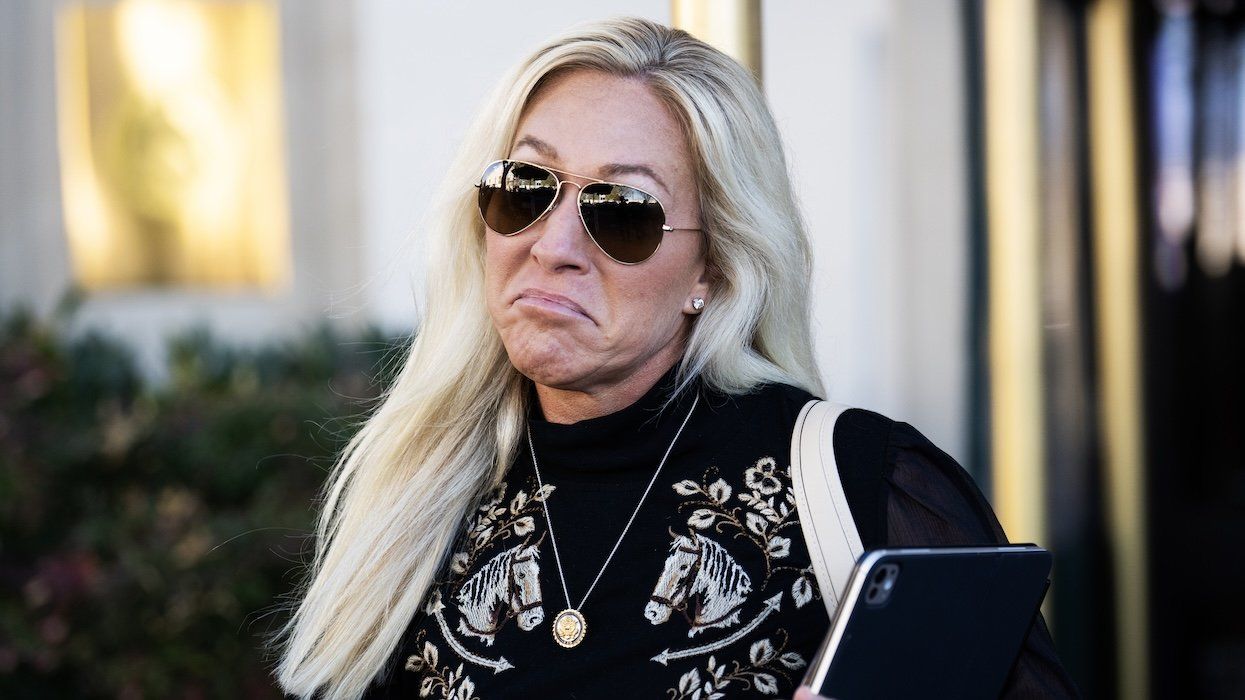
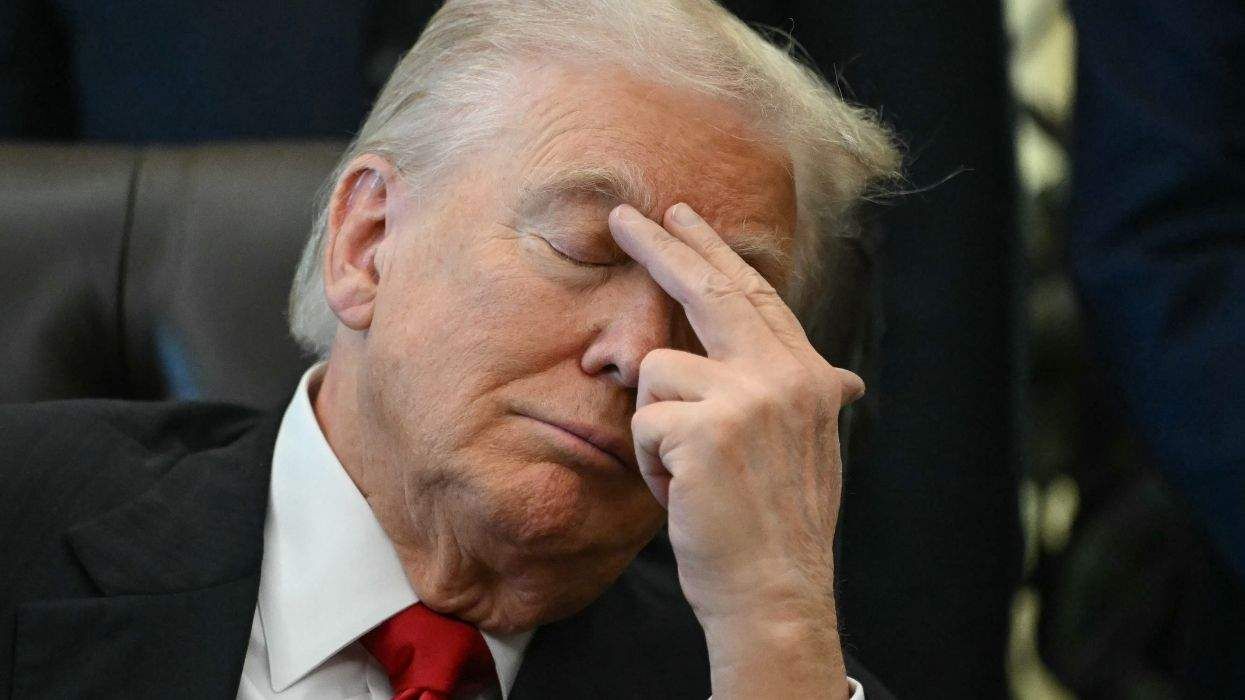
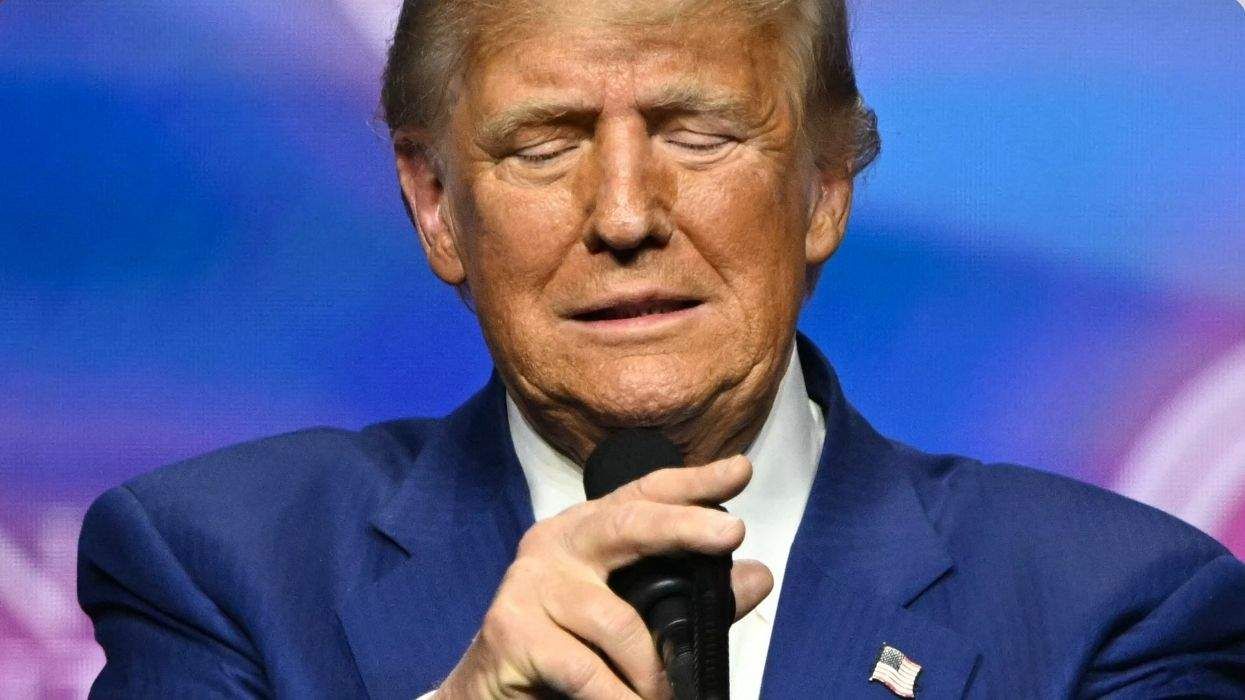
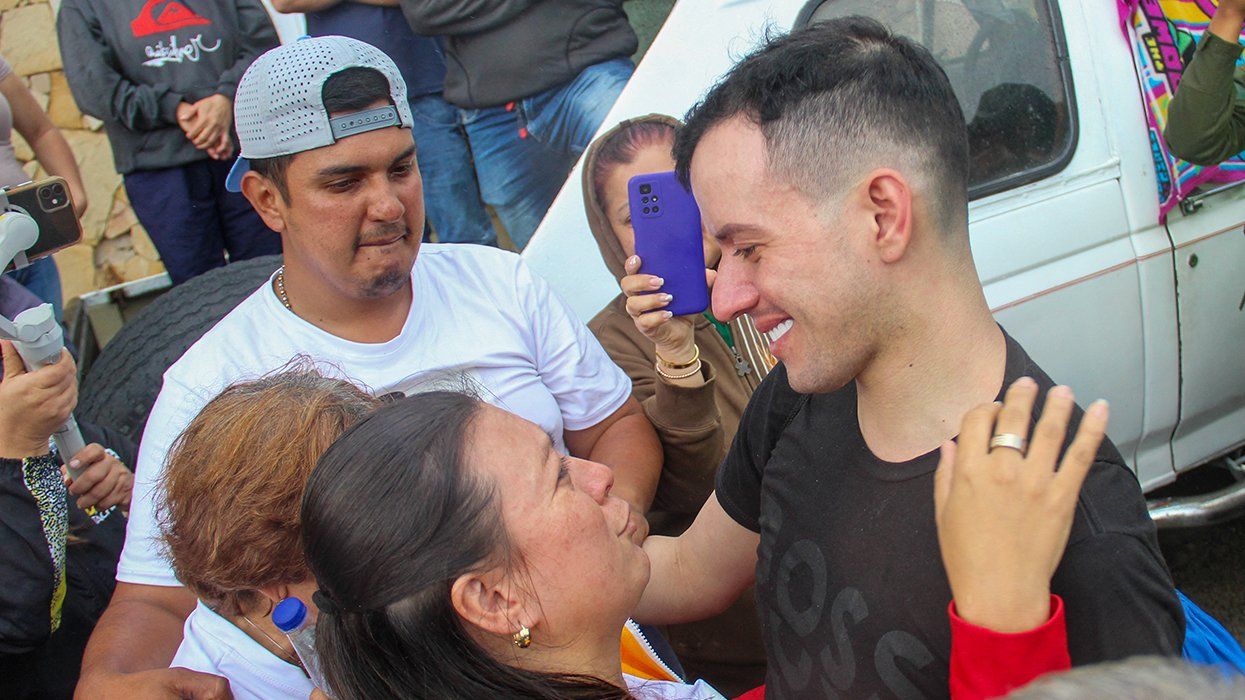
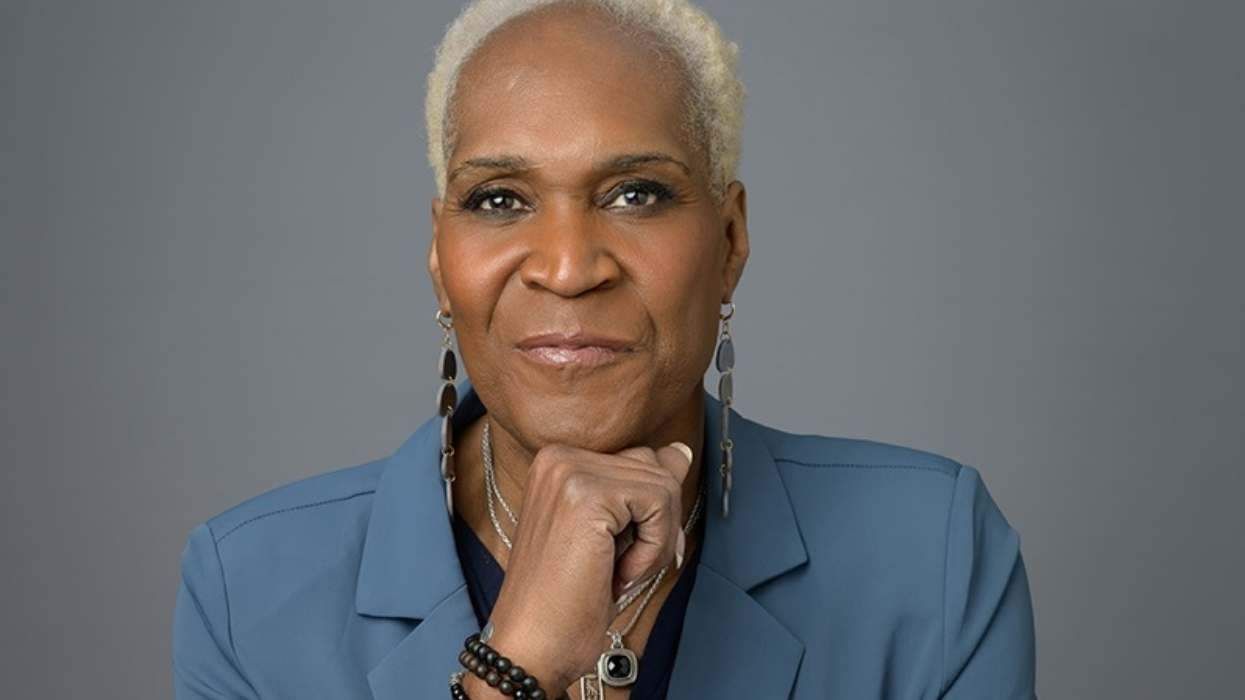
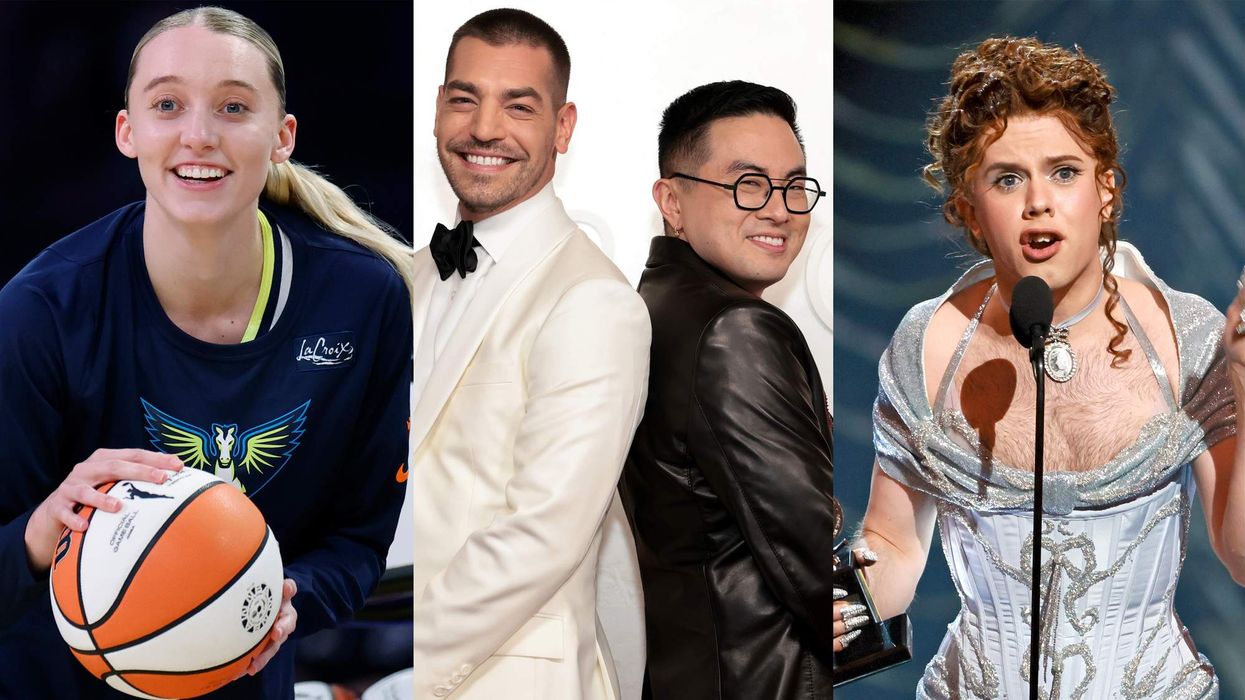
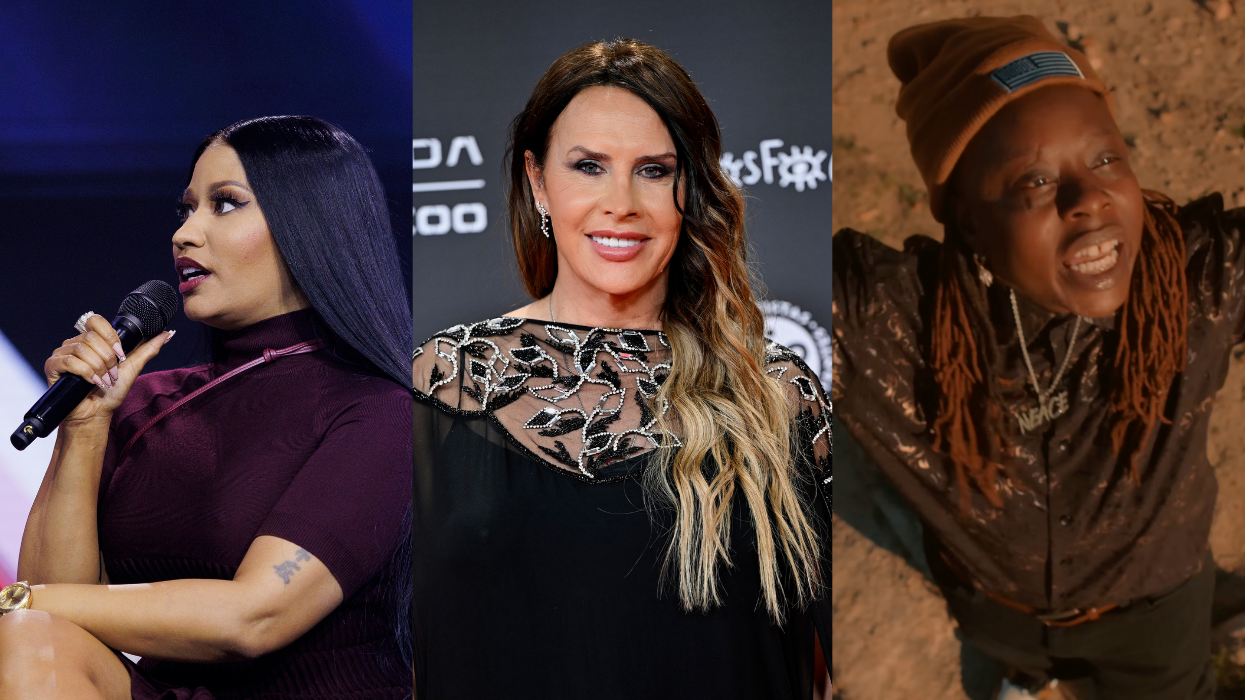
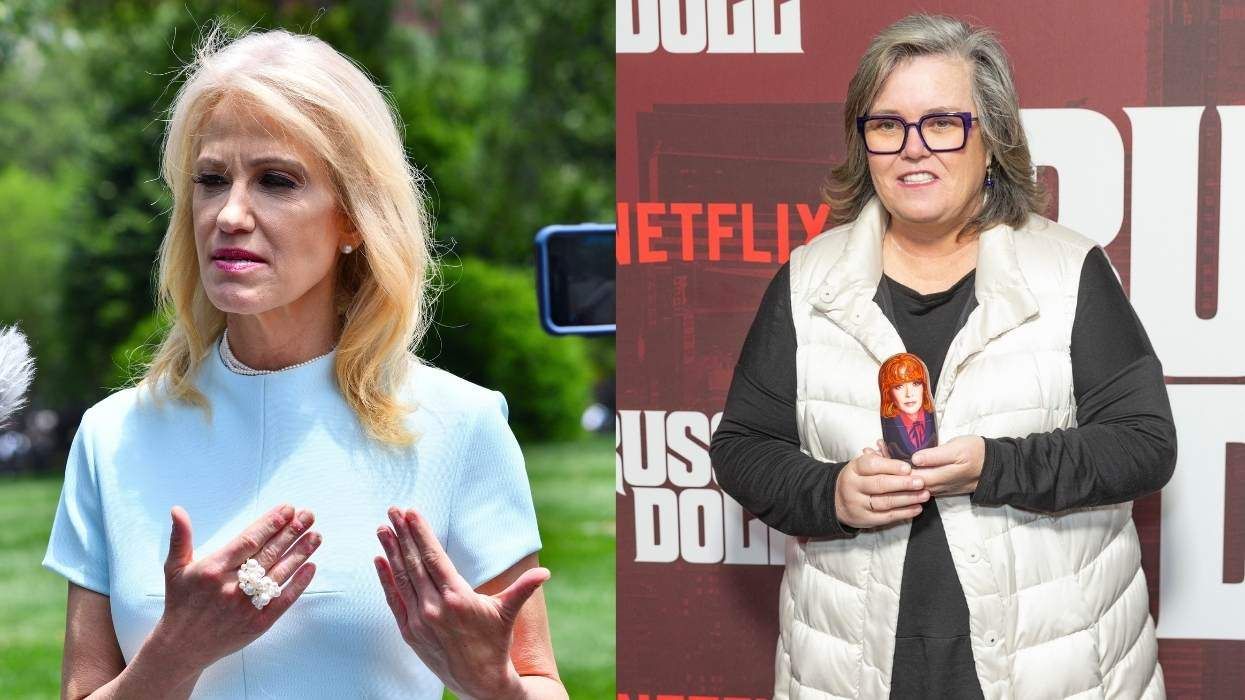
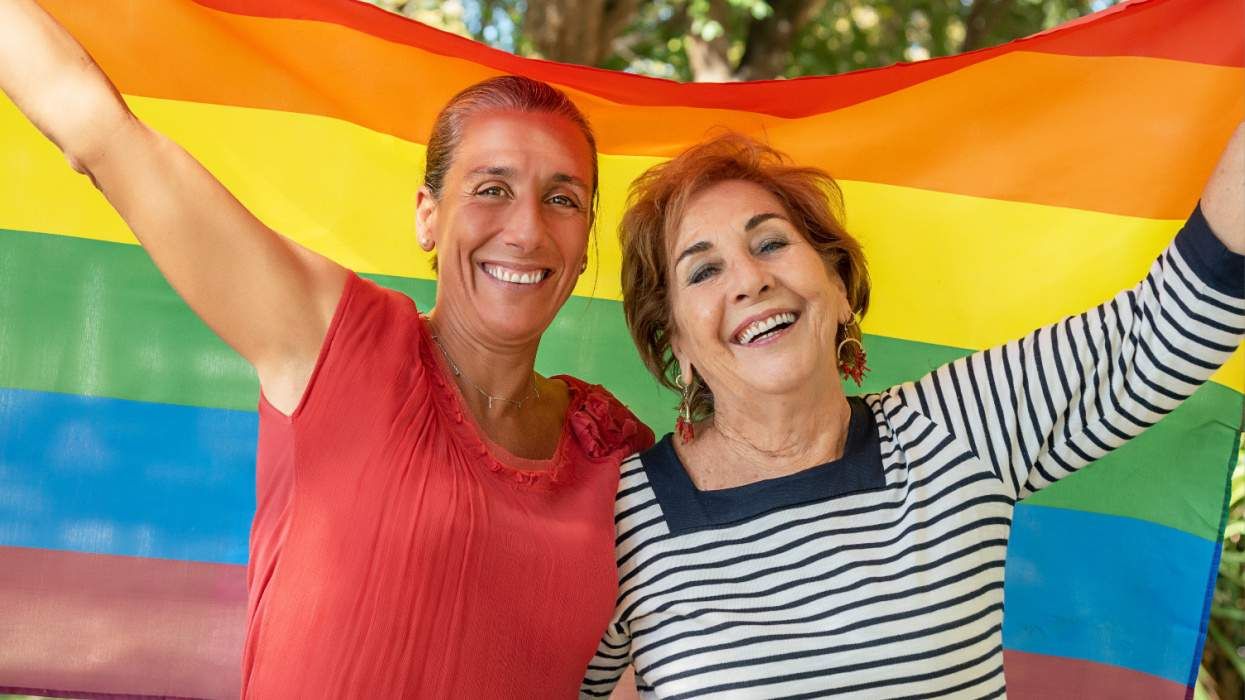
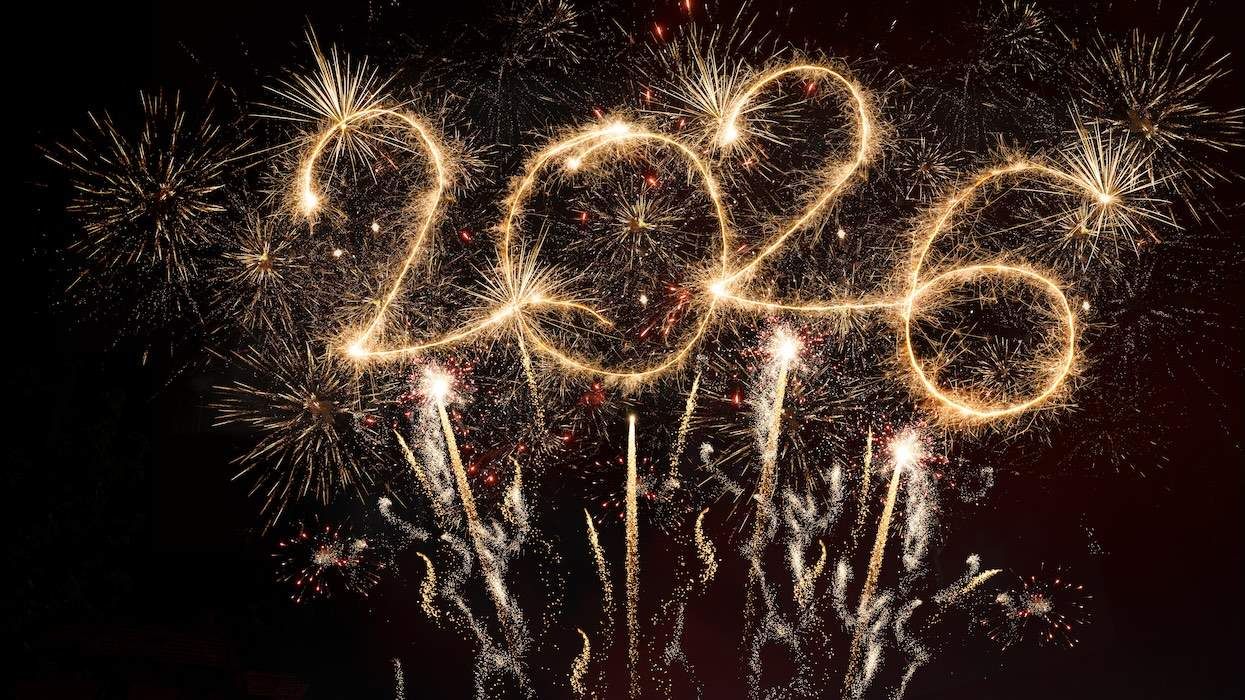
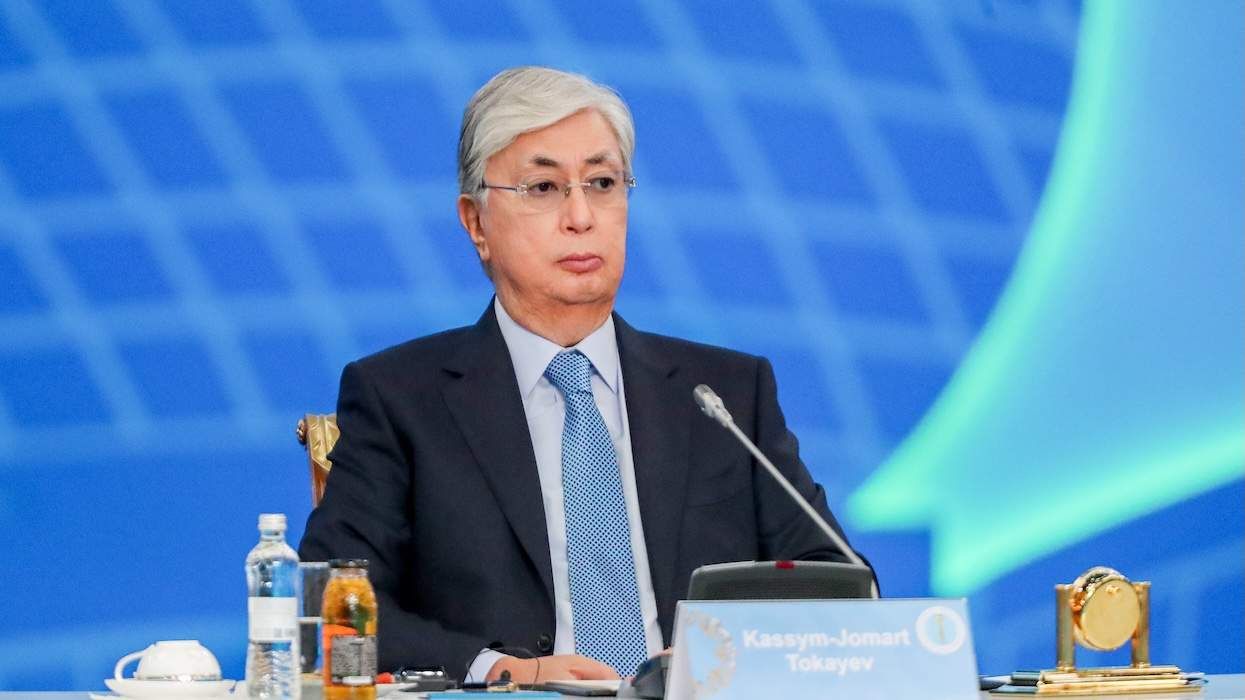

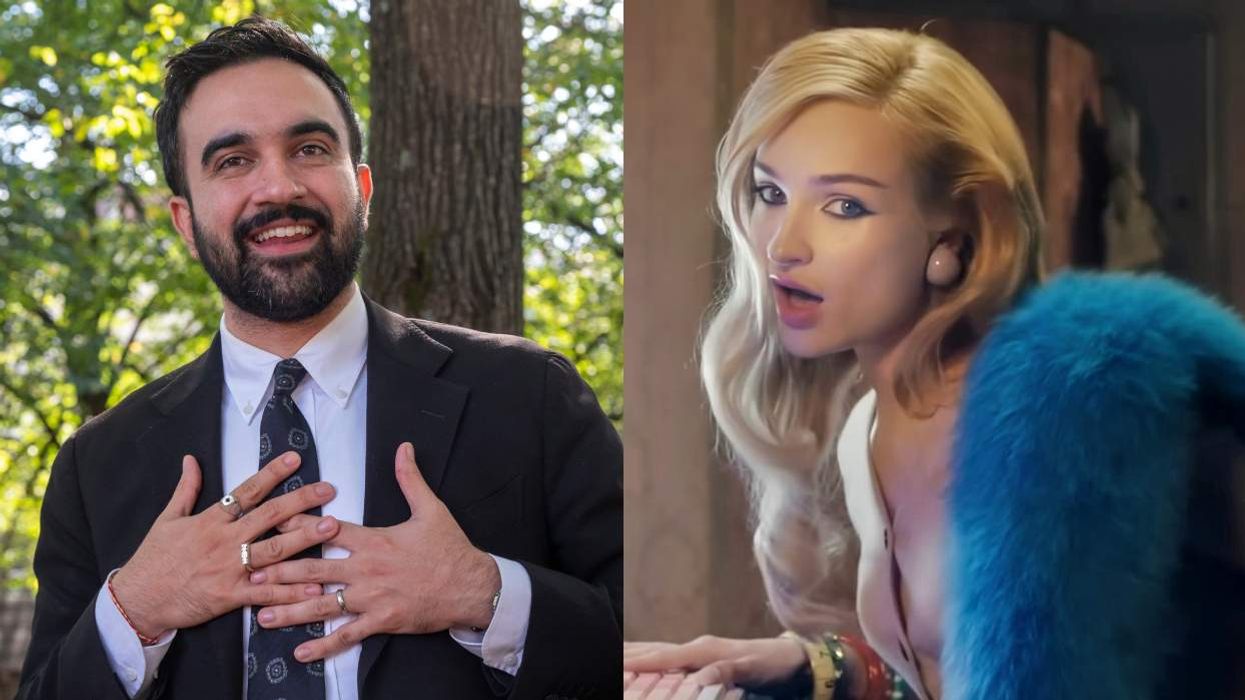
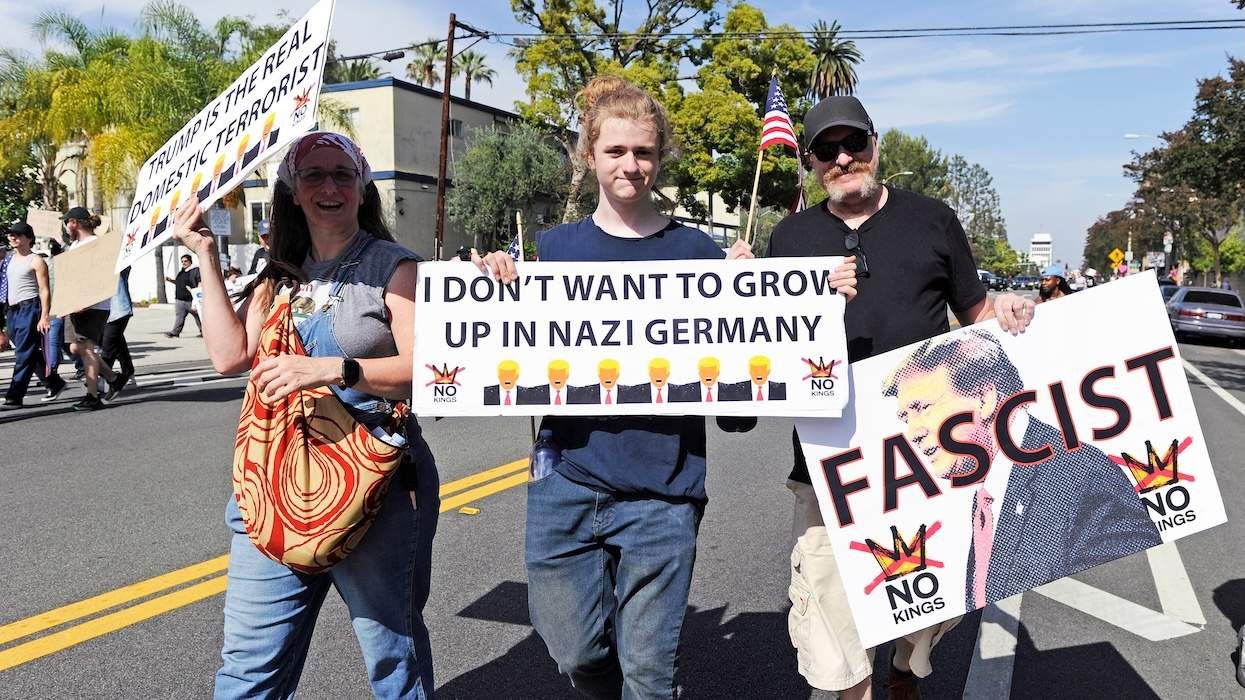
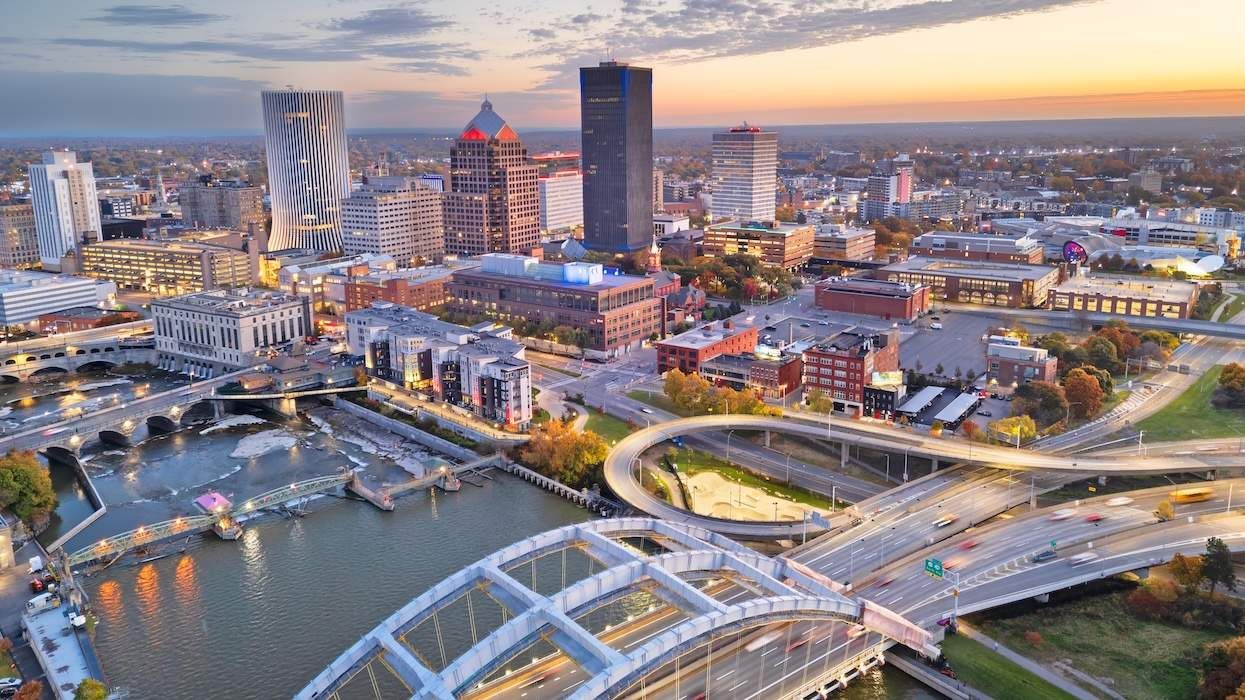
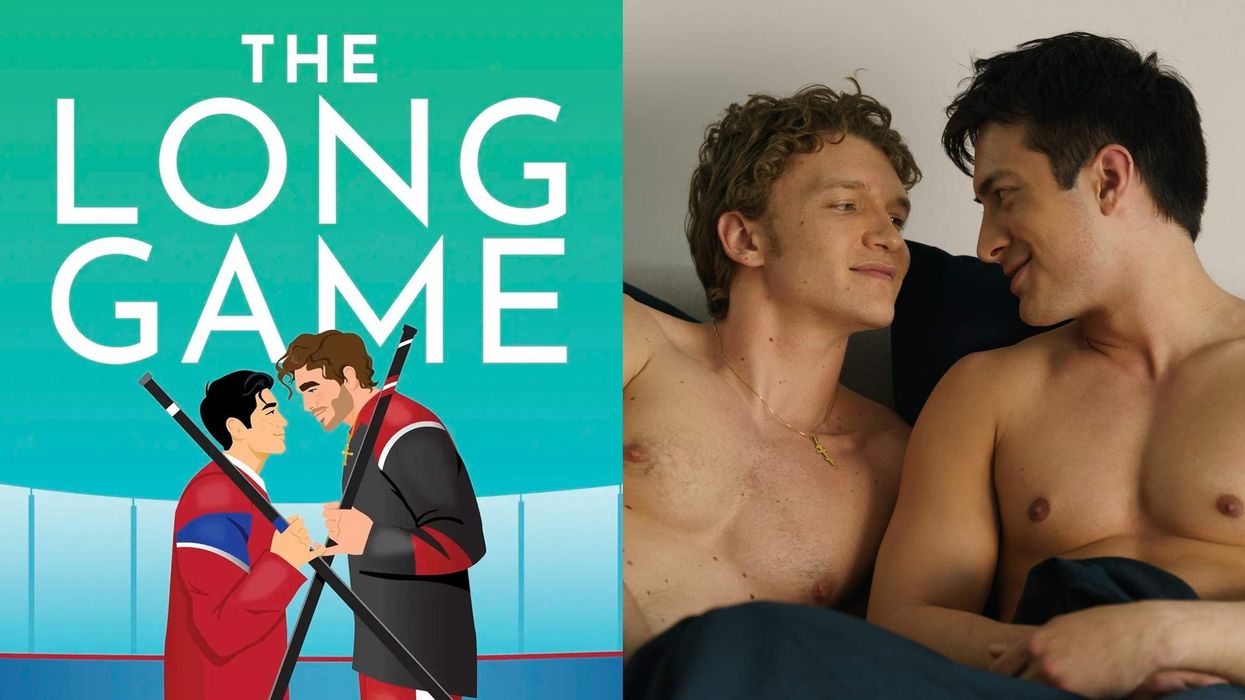
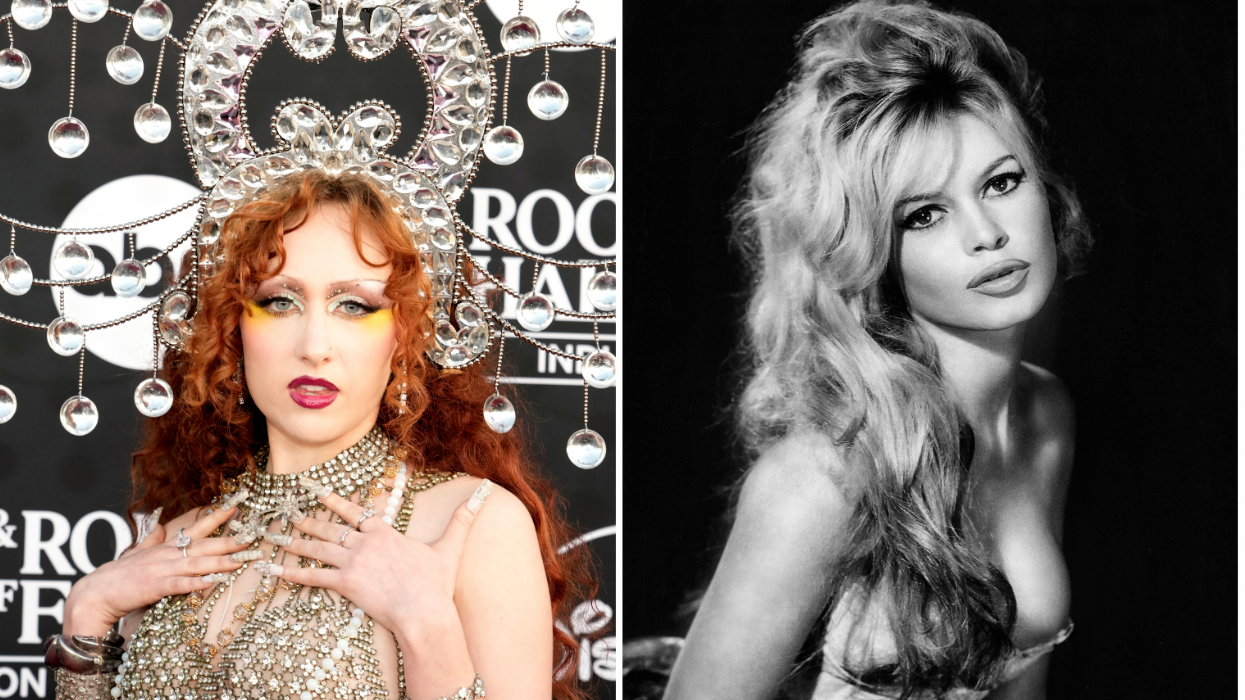

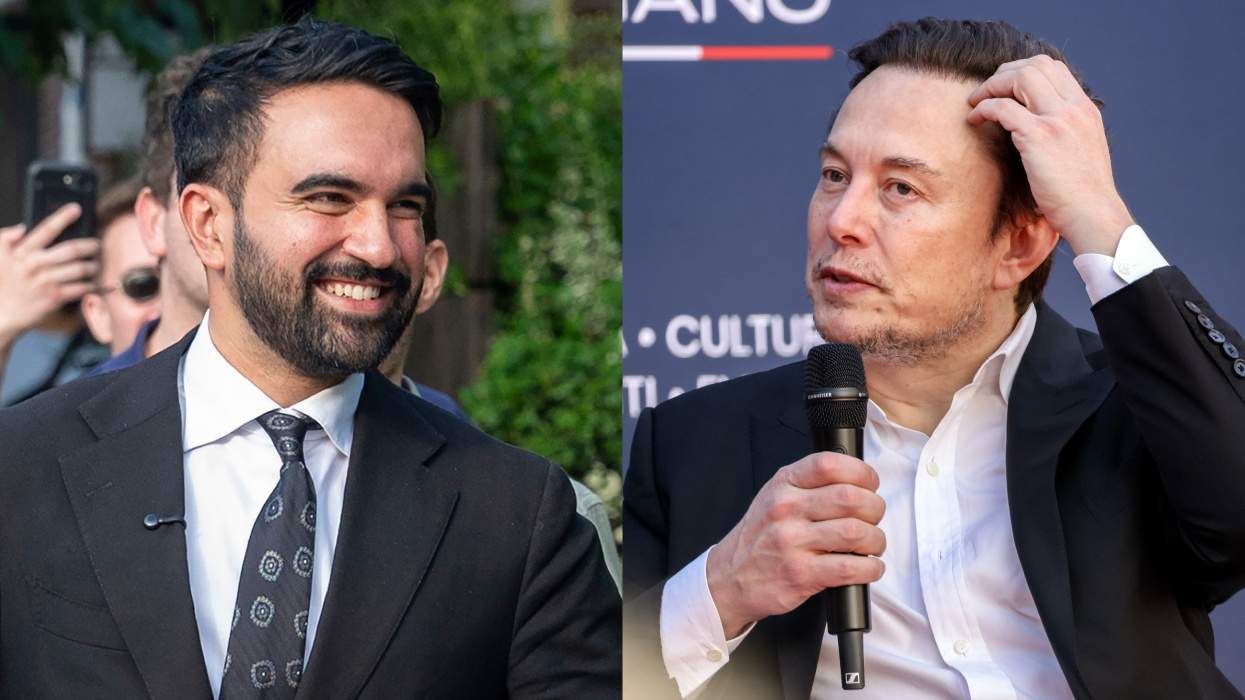


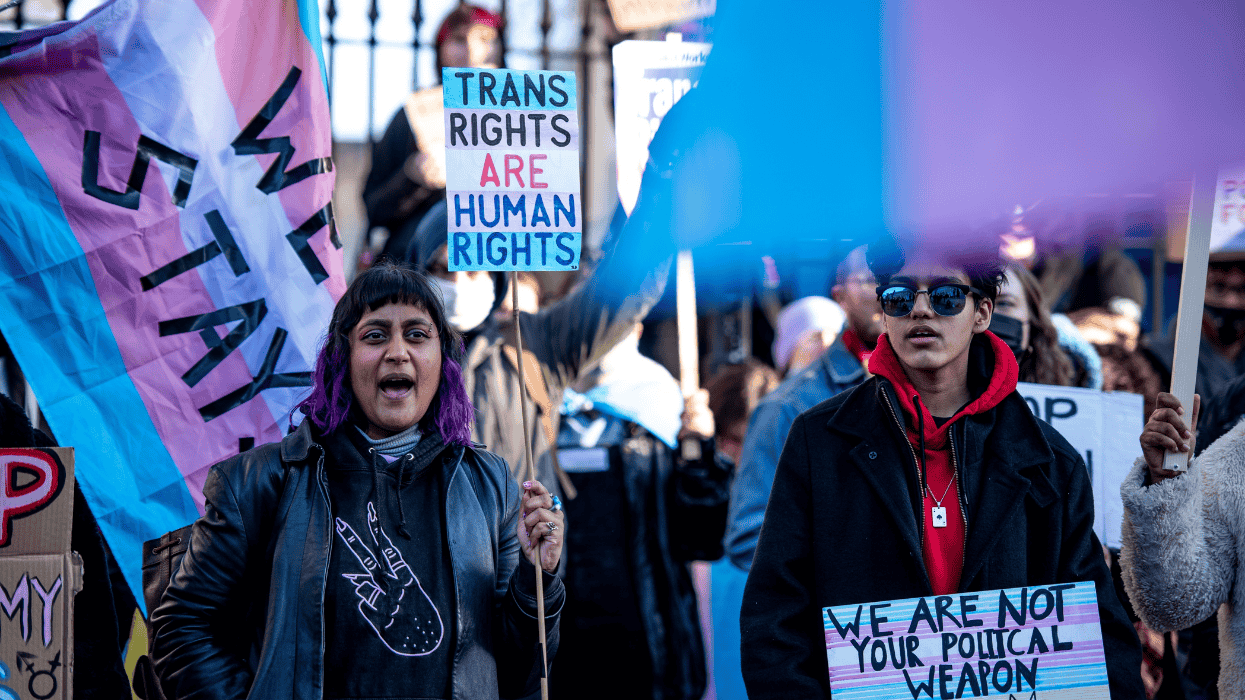
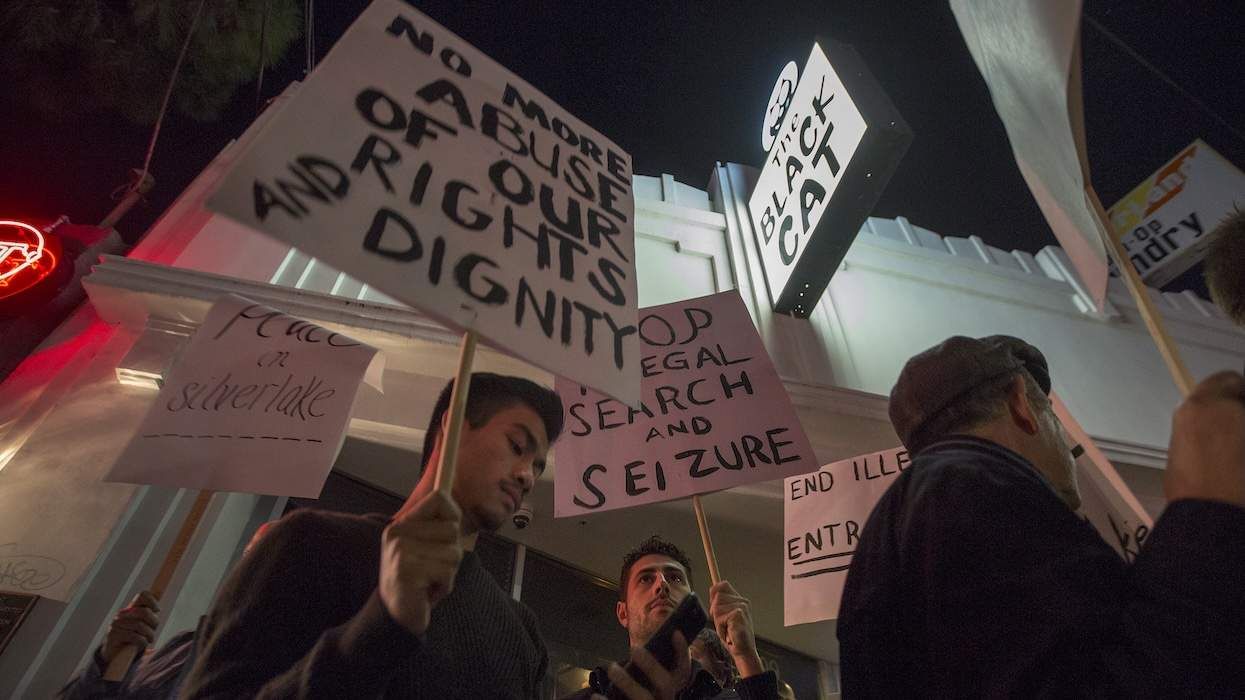
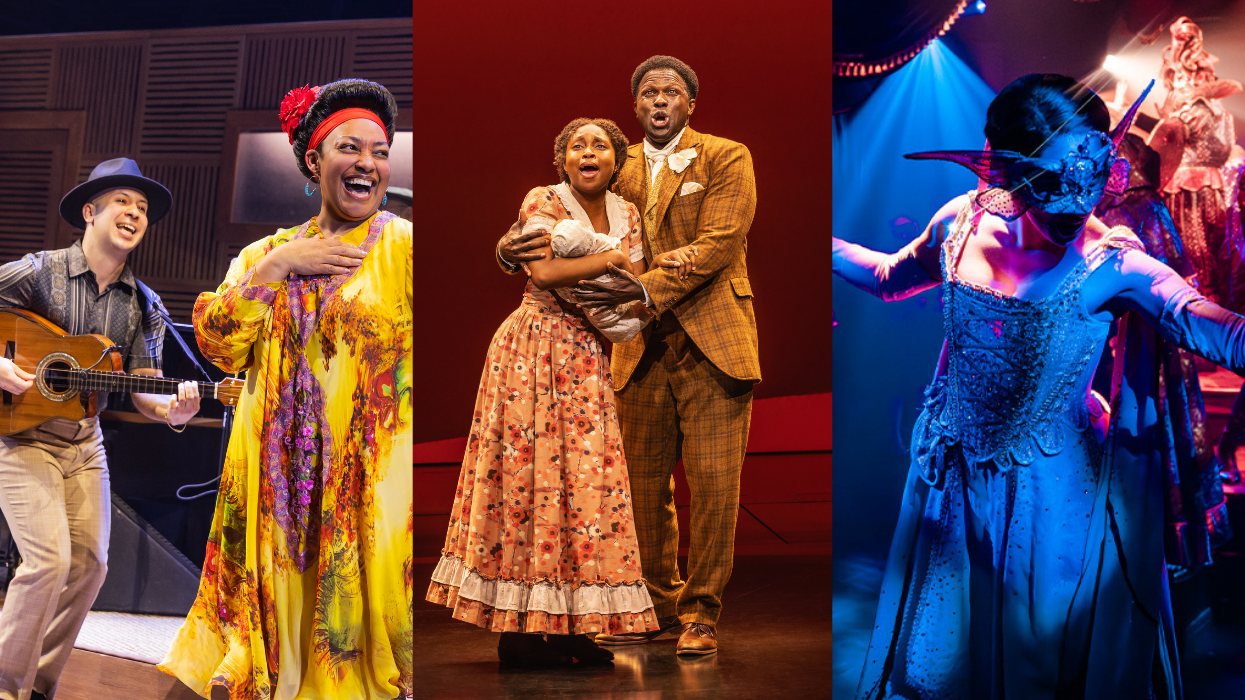
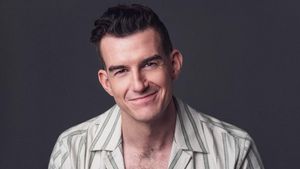
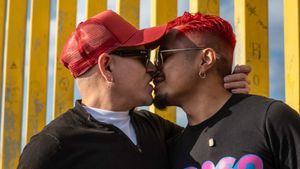
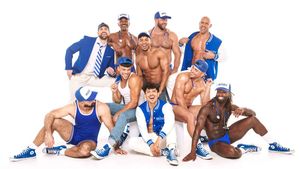
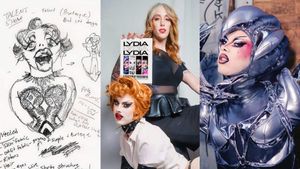
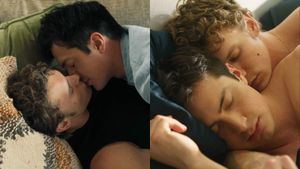

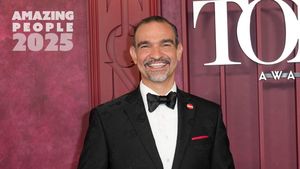

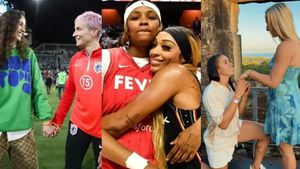


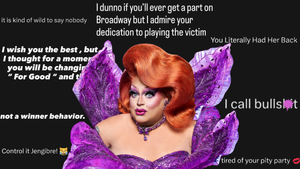


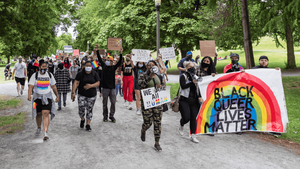
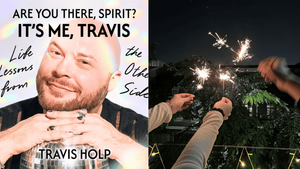
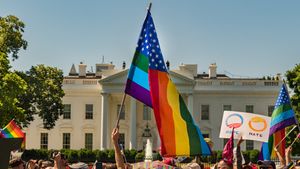
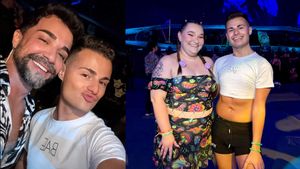
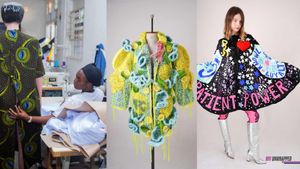





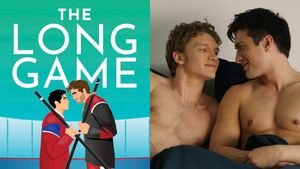
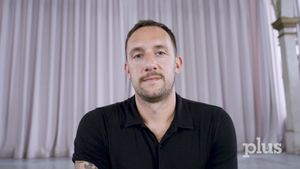

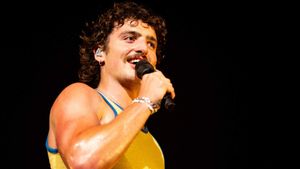
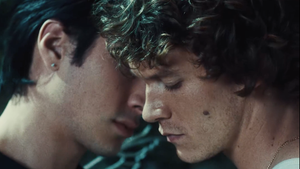
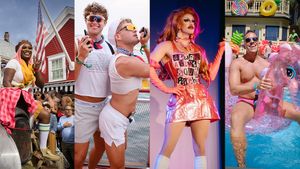
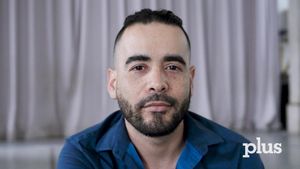

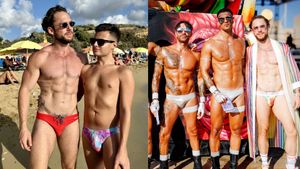




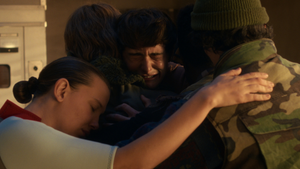
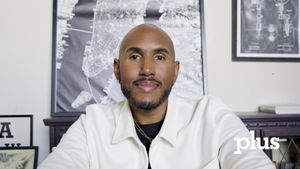
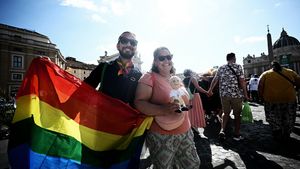

Charlie Kirk DID say stoning gay people was the 'perfect law' — and these other heinous quotes